By Kevin Hymel
It was supposed to be a routine delivery of soldiers to the battlefields of Guadalcanal—but nothing in war is ever routine. On October 23, 1942, the SS President Coolidge, a luxury liner pressed into service as a troop transport, was heading into the Second Channel of Epirito Santo Island when a signal station on shore flashed a morse code warning: STOP.
The ship’s captain did not know it, but he had sailed right into a mine field. Ironically, the mines had been sown by American ships just a few months earlier. The signals officer immediately shouted the message to the captain who stopped all engines. Unfortunately, the Coolidge was cruising at full speed and its momentum continued to carry it forward. Suddenly the ship was rocked by an explosion, which was followed thirty seconds later by another. The ship began to list to port as the captain pointed her for shore. The Coolidge didn’t make it. She hit a coral reef 100 yards from shore and began to list more as she began to sink.
In the ship’s bowls, 5,050 soldiers of the 43rd Infantry Division’s 172nd Infantry Regiment and the 103rd Field Artillery scrambled up ladders to the ships deck as the list increased. Ropes were tossed over the sides and lifeboats were lowered into the water as the crew of 340, with 50 Navy guards, aided the evacuation. Men who could not find boats to climb into jumped into the water. Some were reluctant to get wet, encouraging one naval officer to tell his men: “Kick men in the face to get them off!”
Amazingly, only two men died out of an entire compliment of 5,440. It took the Coolidge over an hour to sink below the waves, allowing for an orderly evacuation. With shore in sight, many men swam to the sandy beach, while others were transported by raft and rescue boats. The soldiers lost all of their equipment and the sailors and mariners lost their ship, but almost all survived to fight another day. Even the ship’s captain, after being cleared by a board of inquiry, later took command of another ship. The Coolidge, however, was a casualty of war and today rests 230 feet below the water’s surface off a small island in the Pacific.
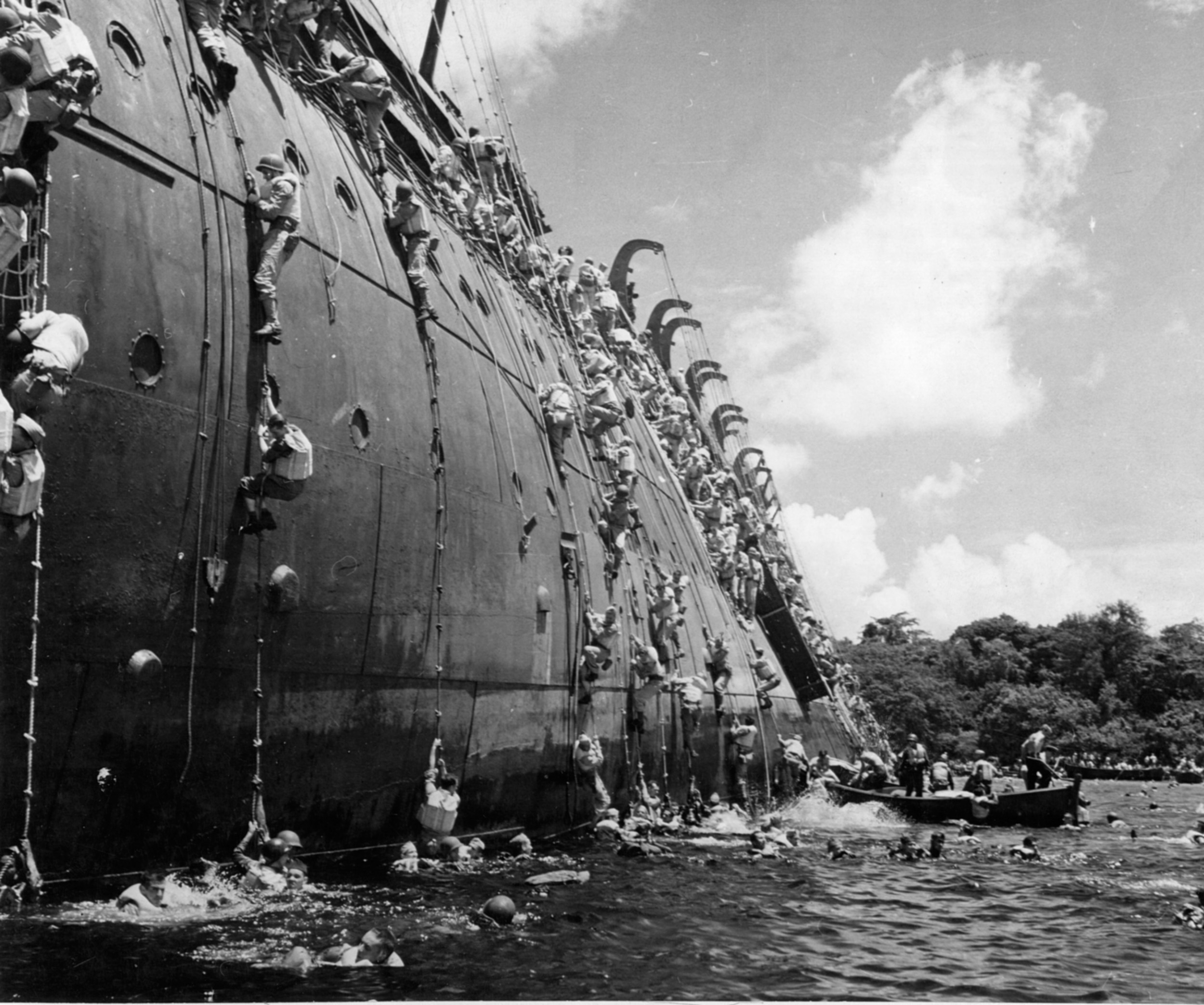
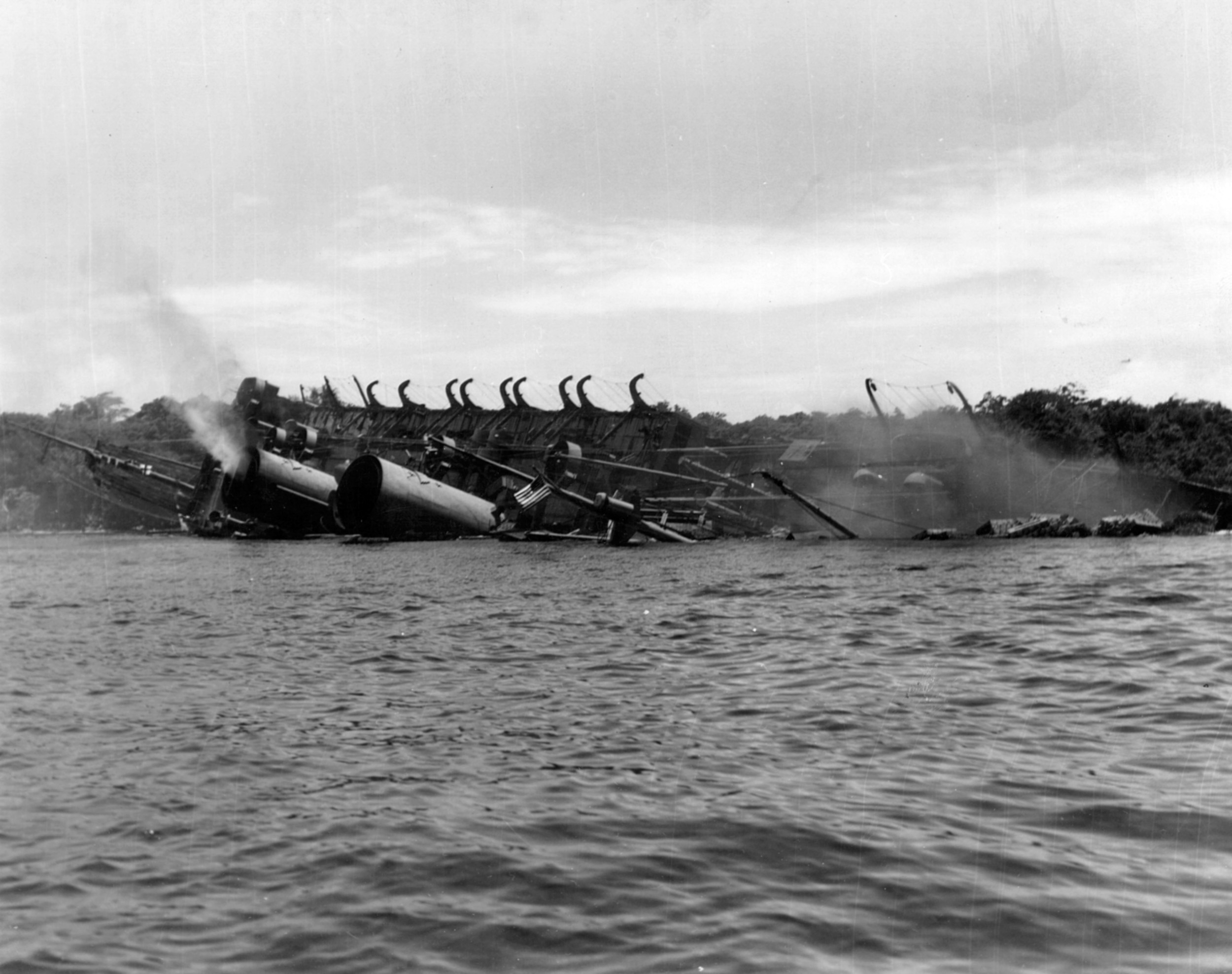
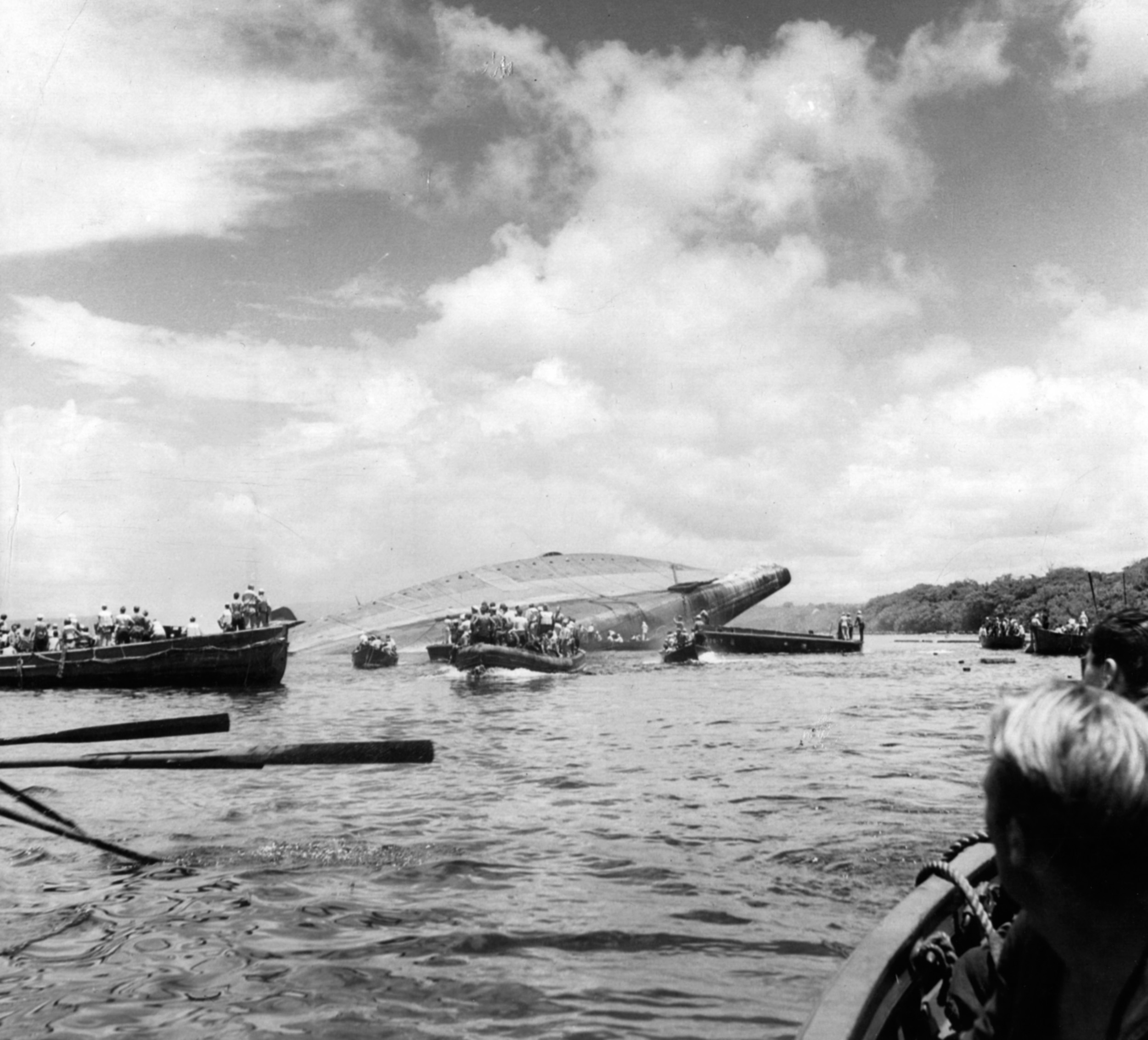
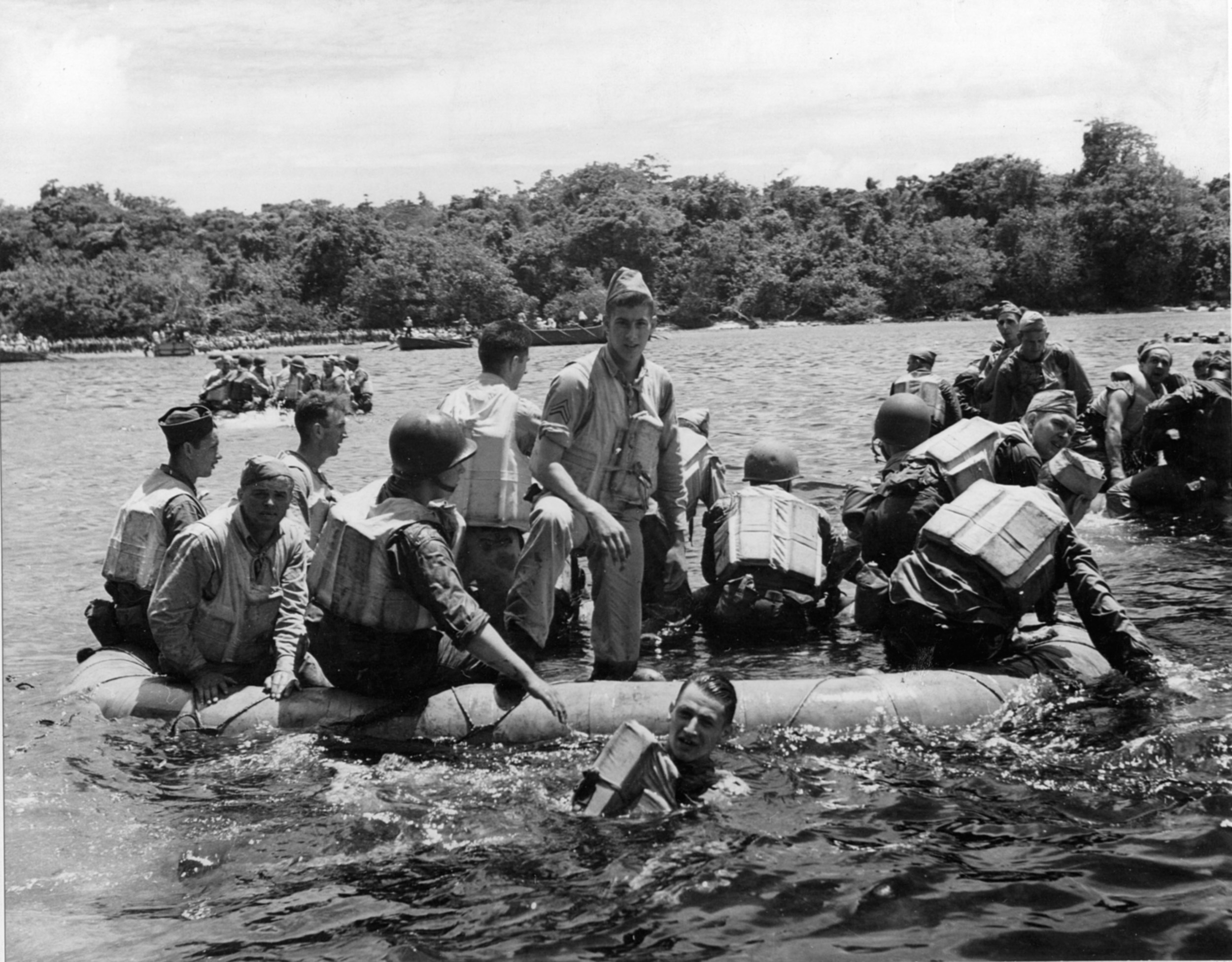
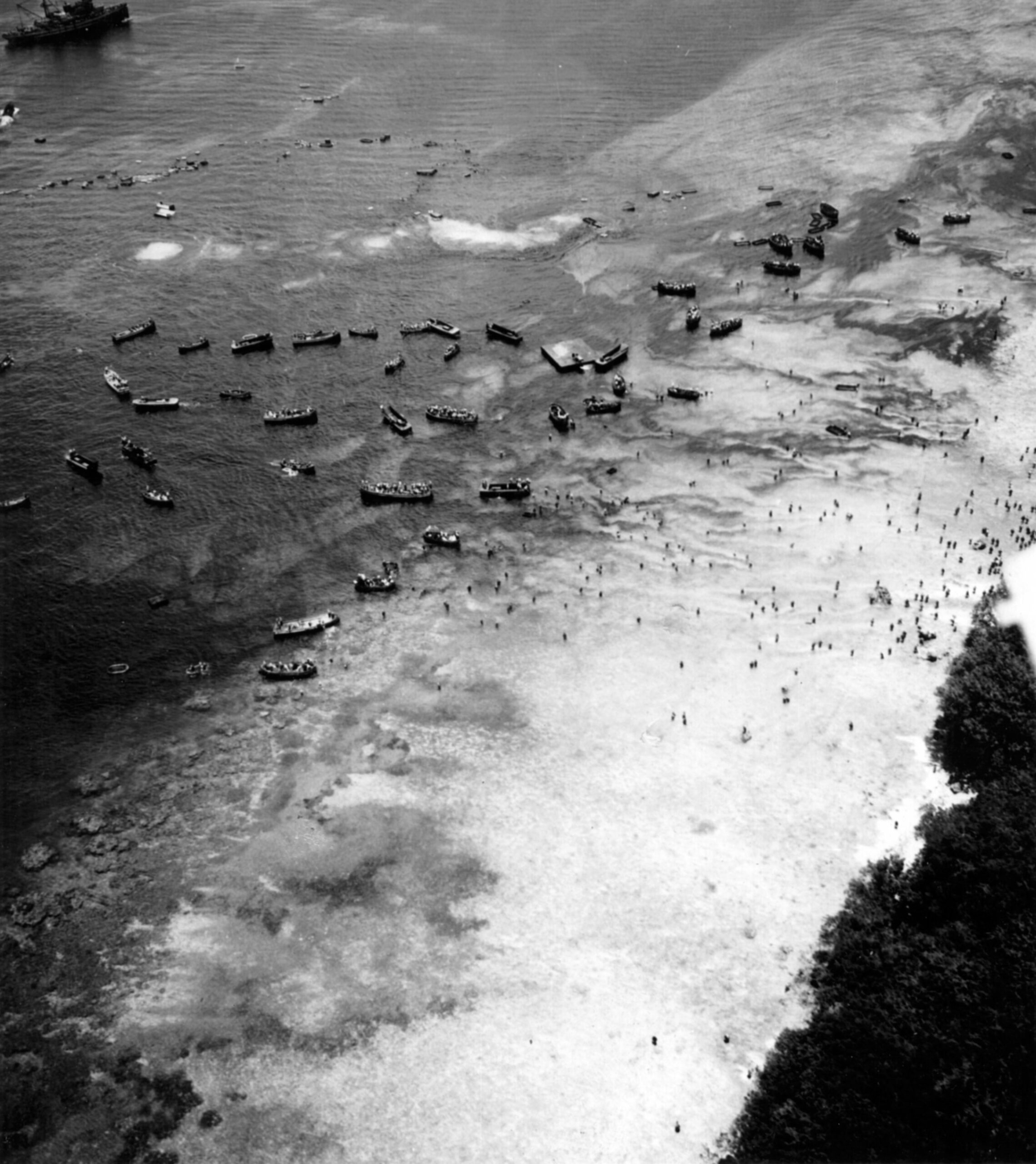
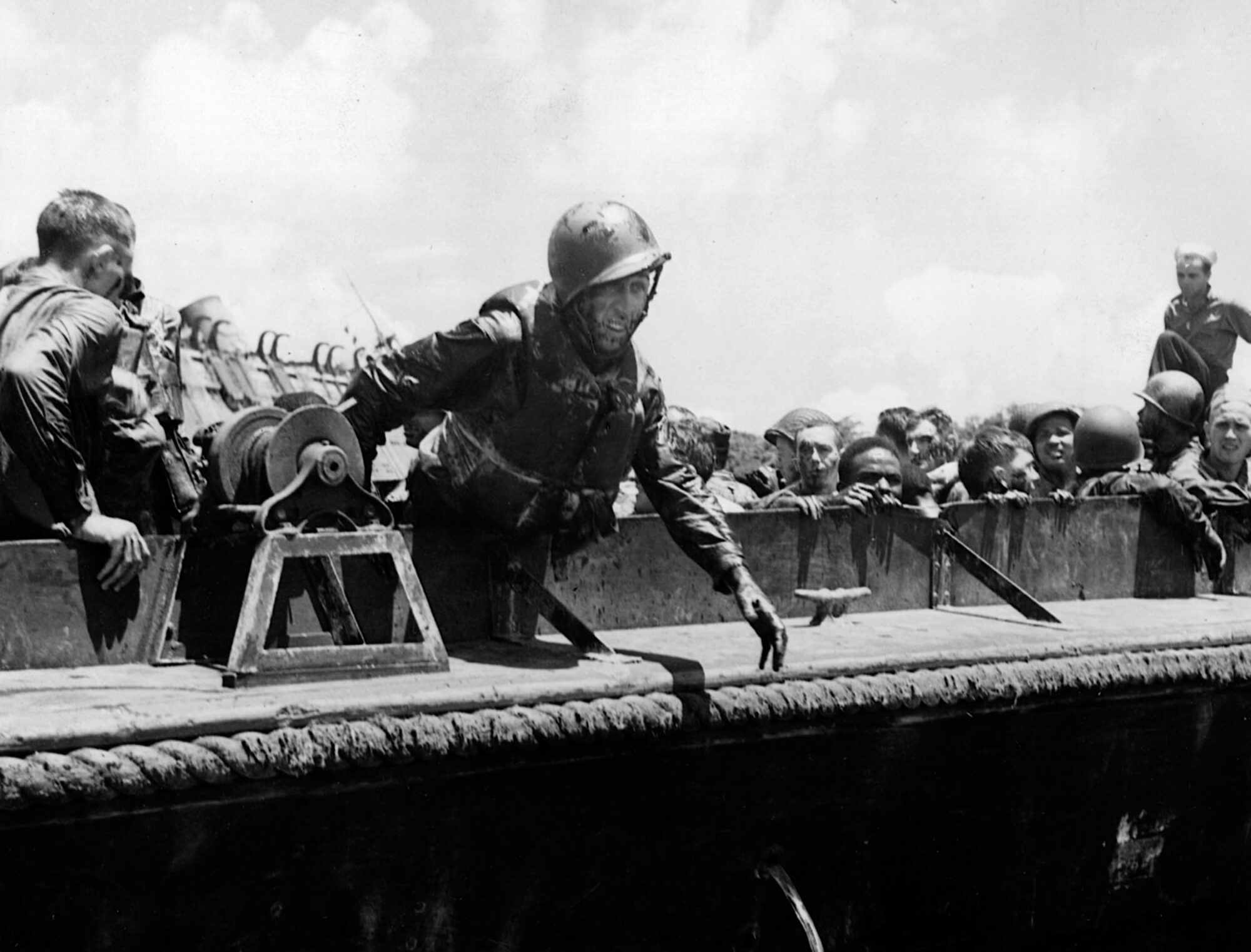
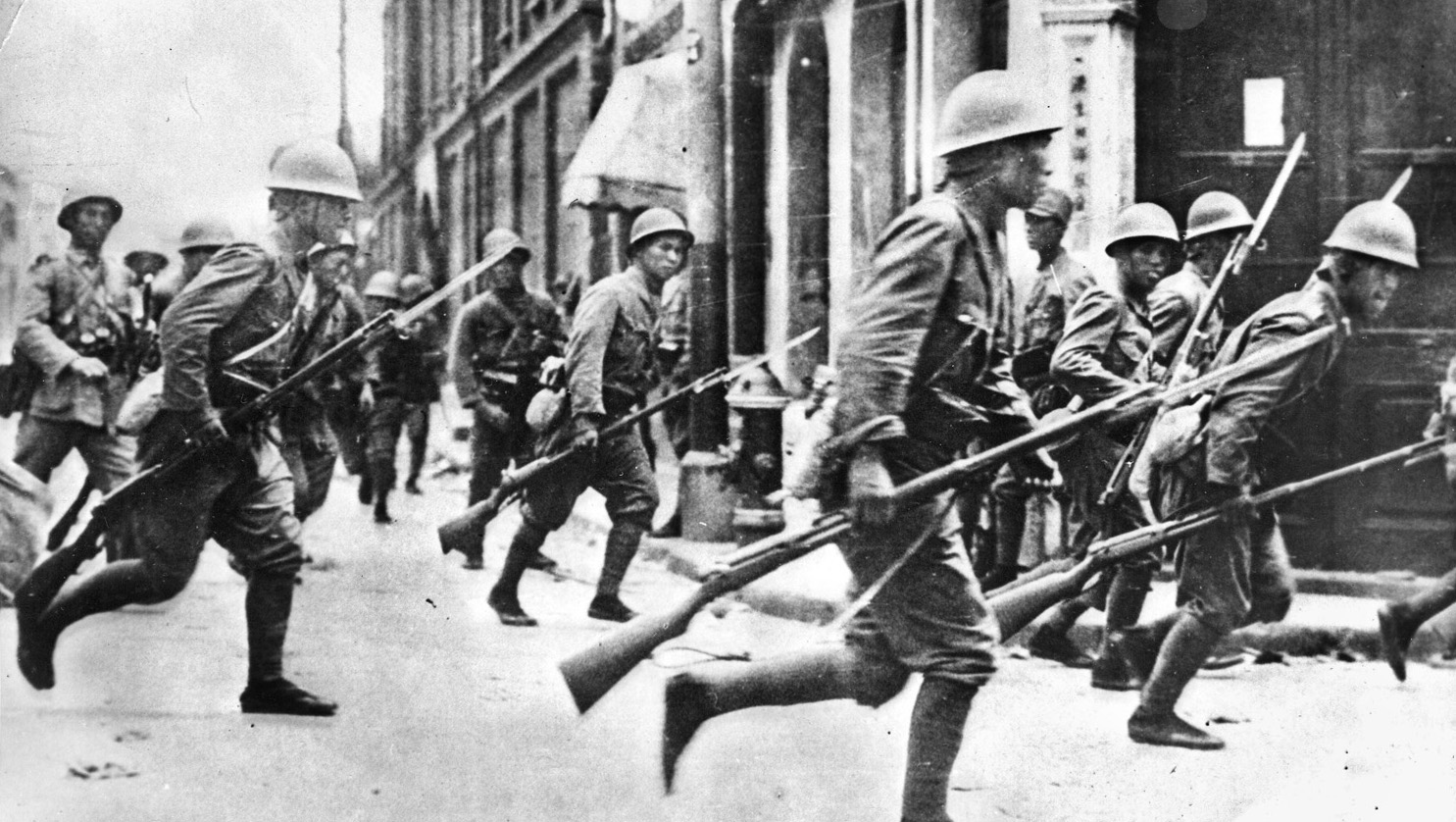
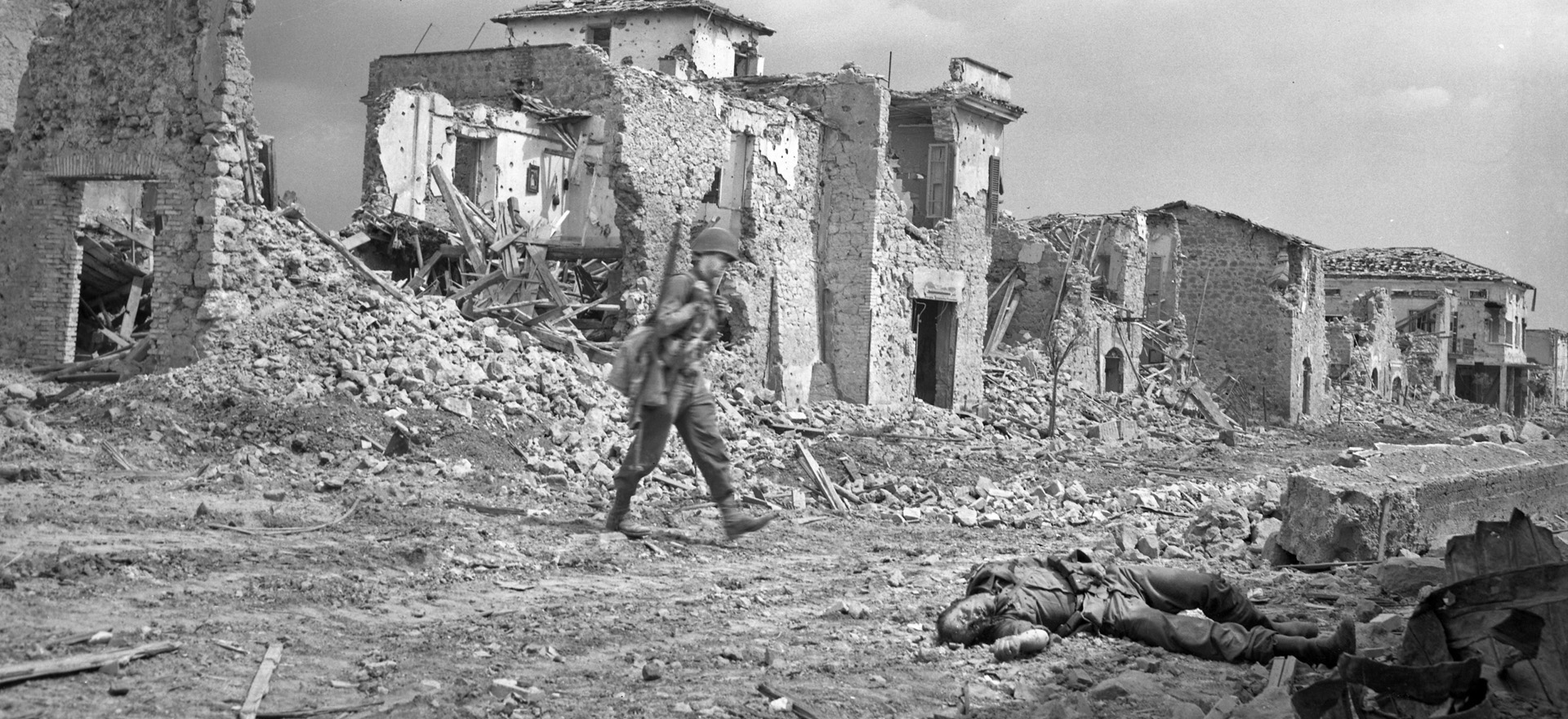
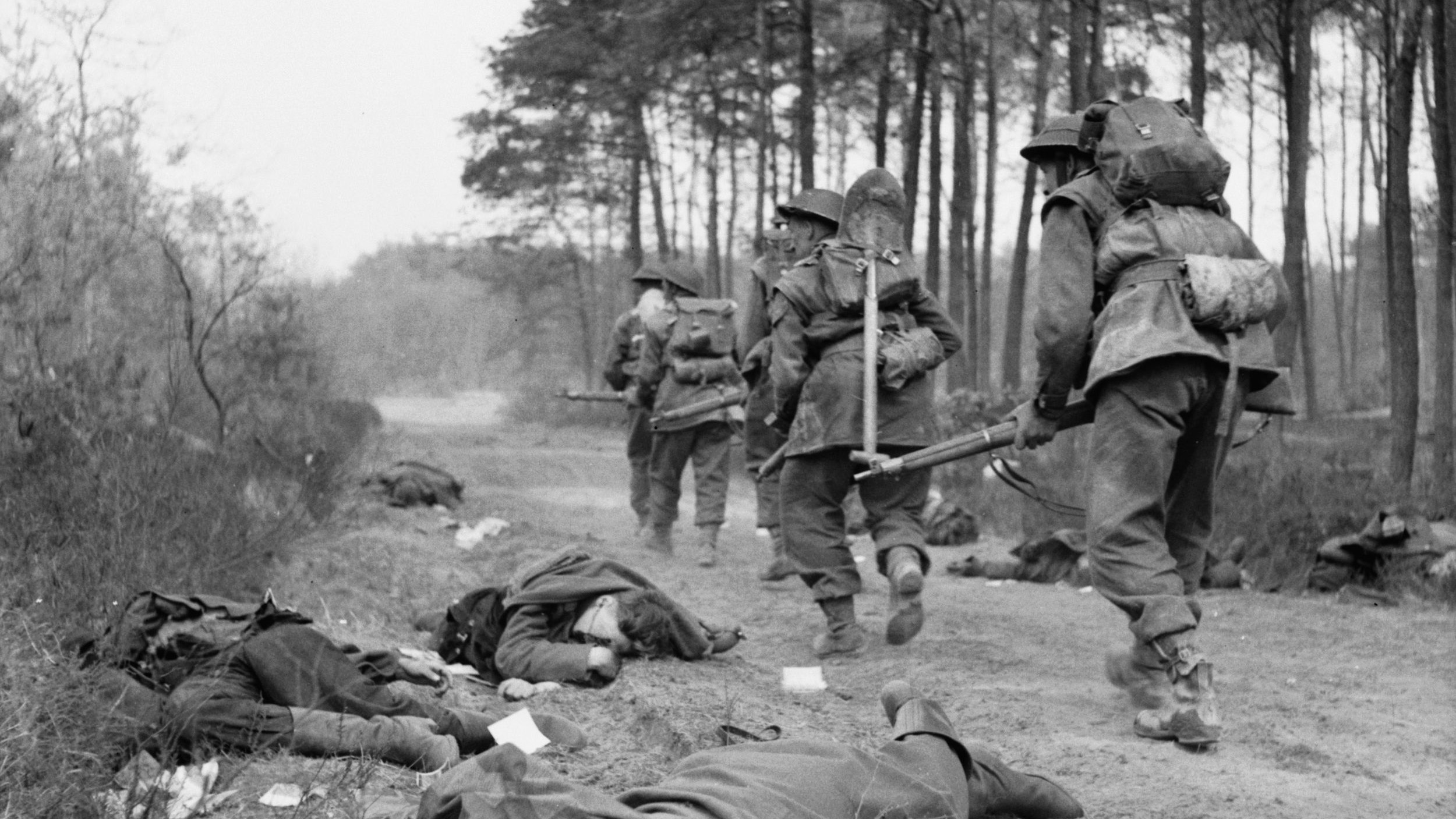
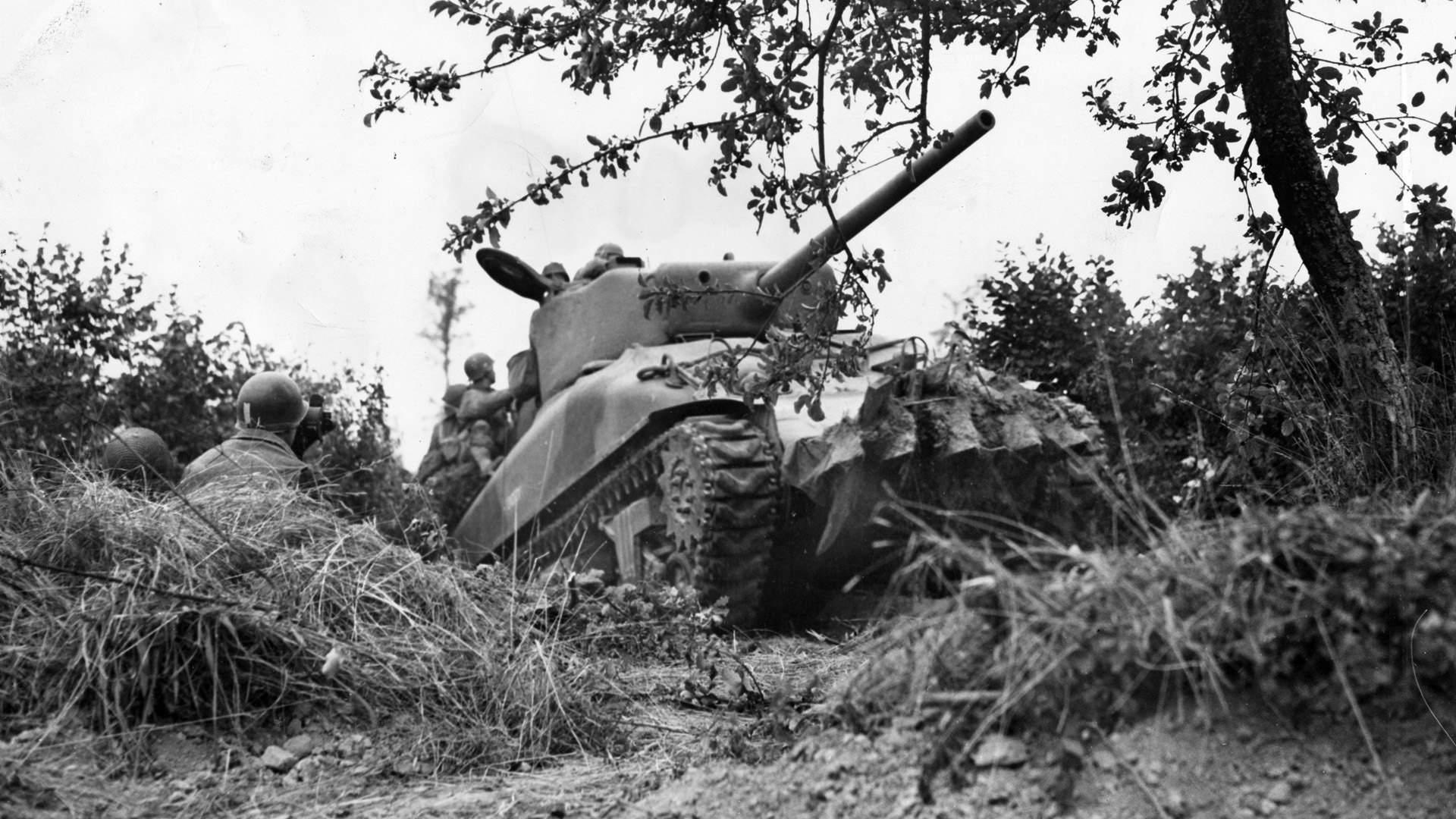
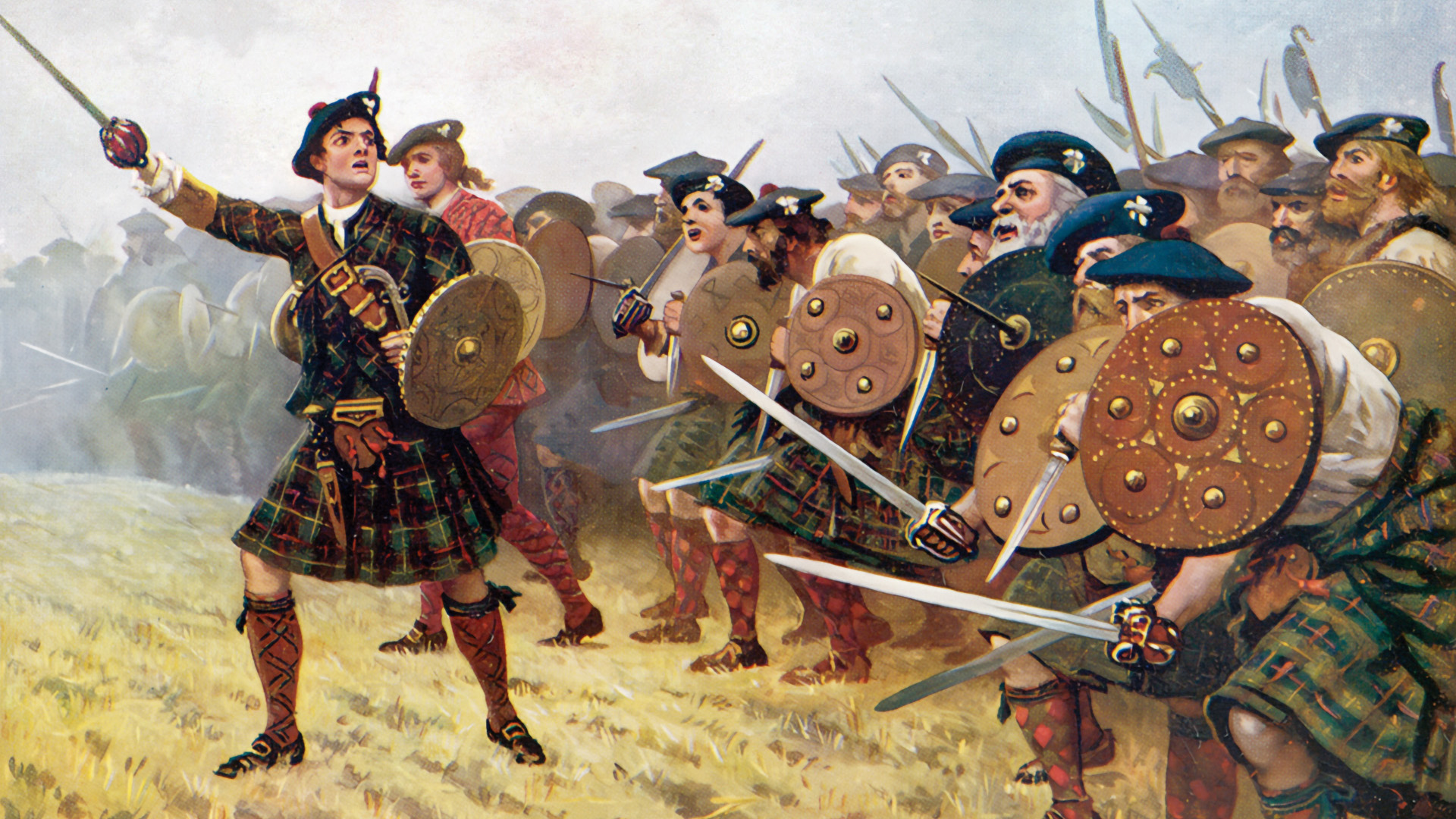
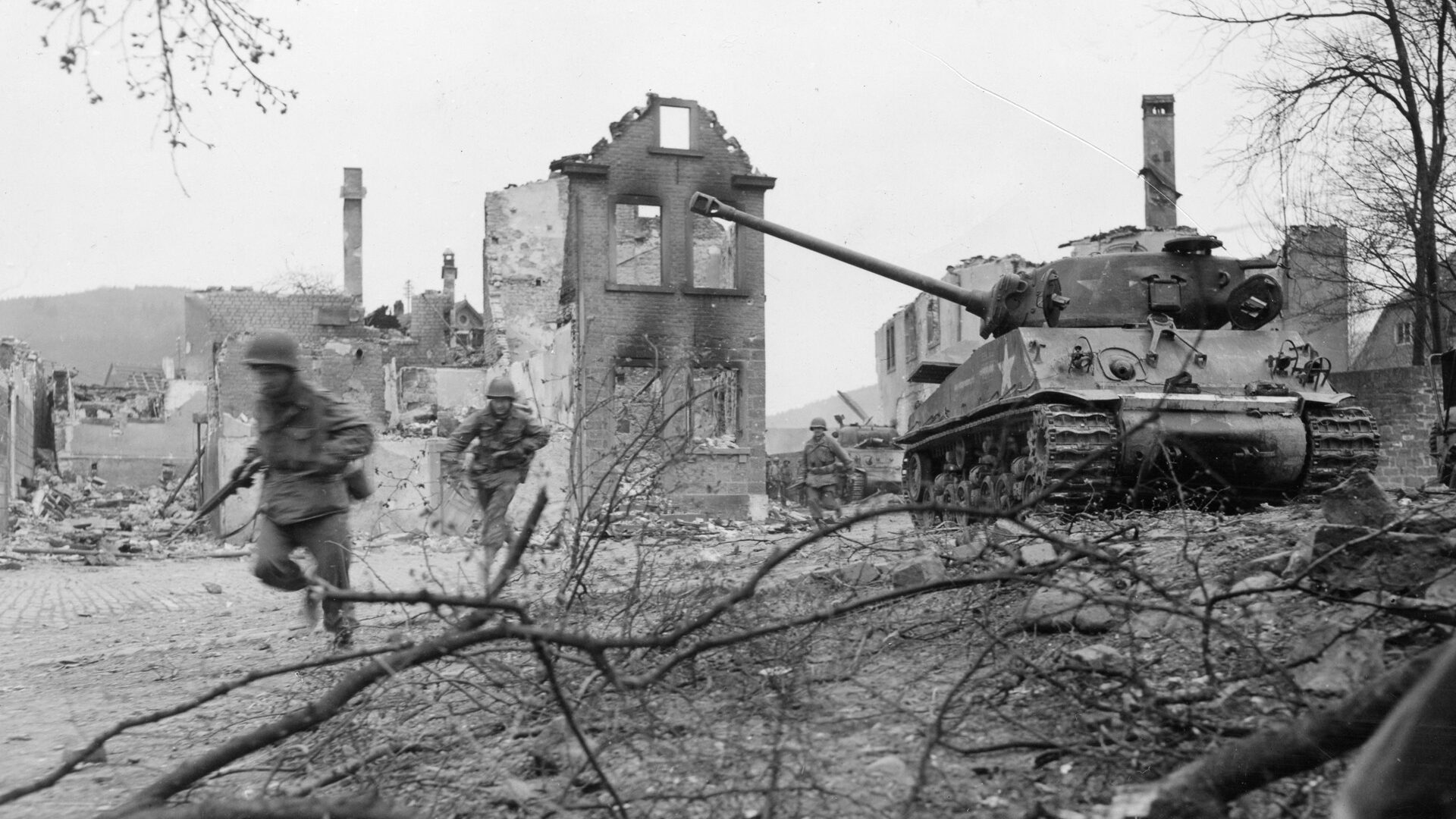
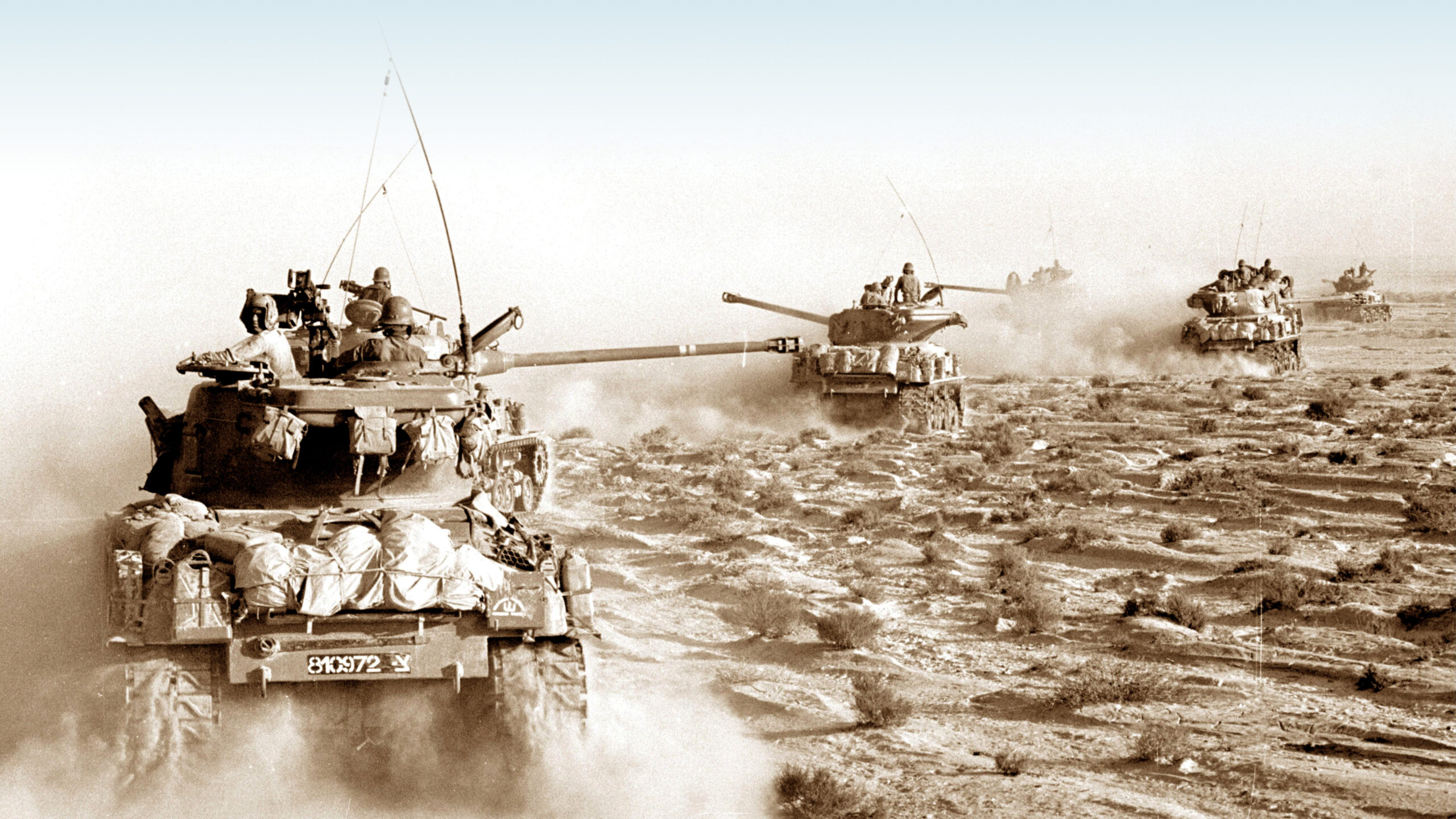
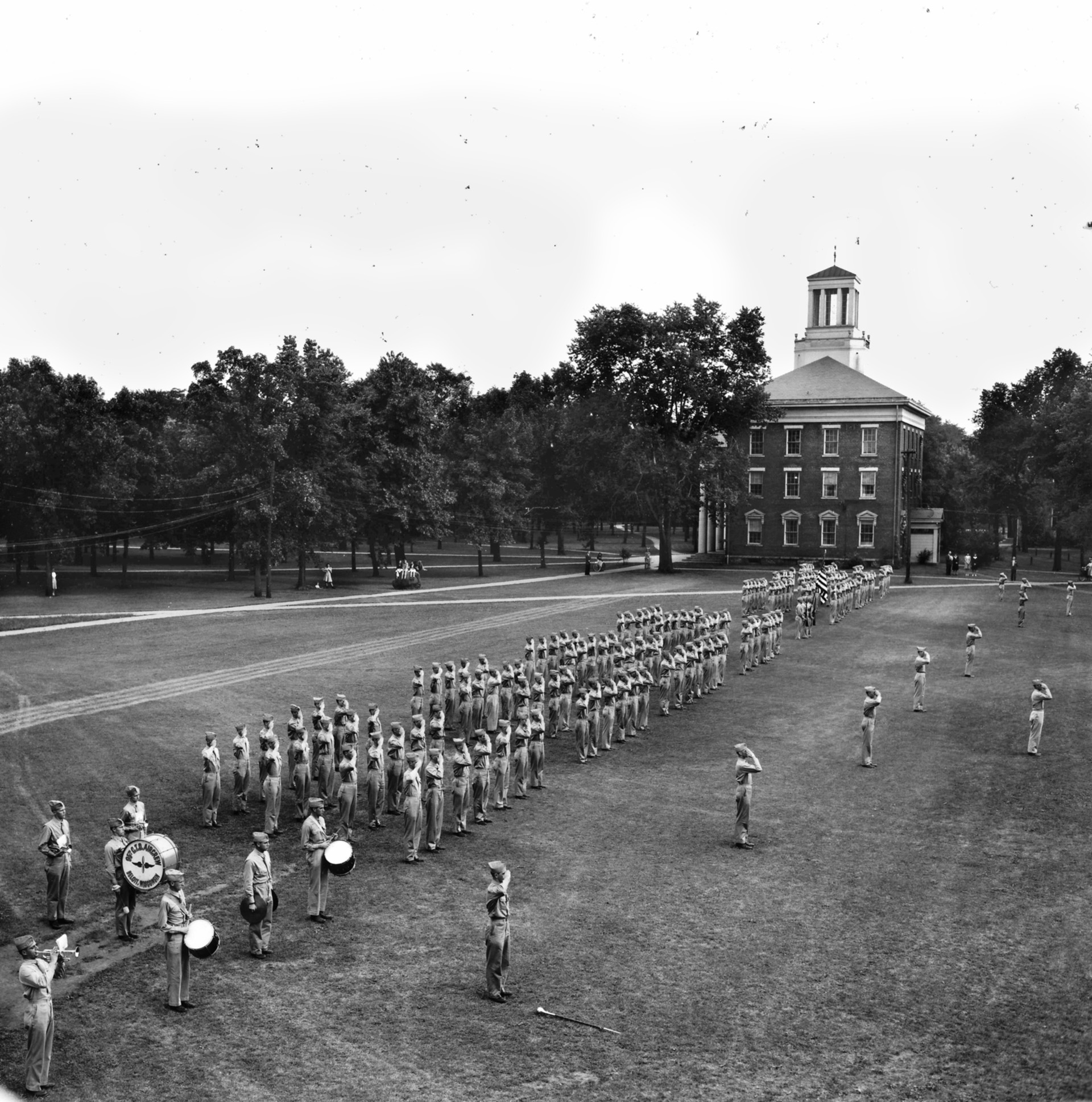
Join The Conversation
Comments
View All Comments